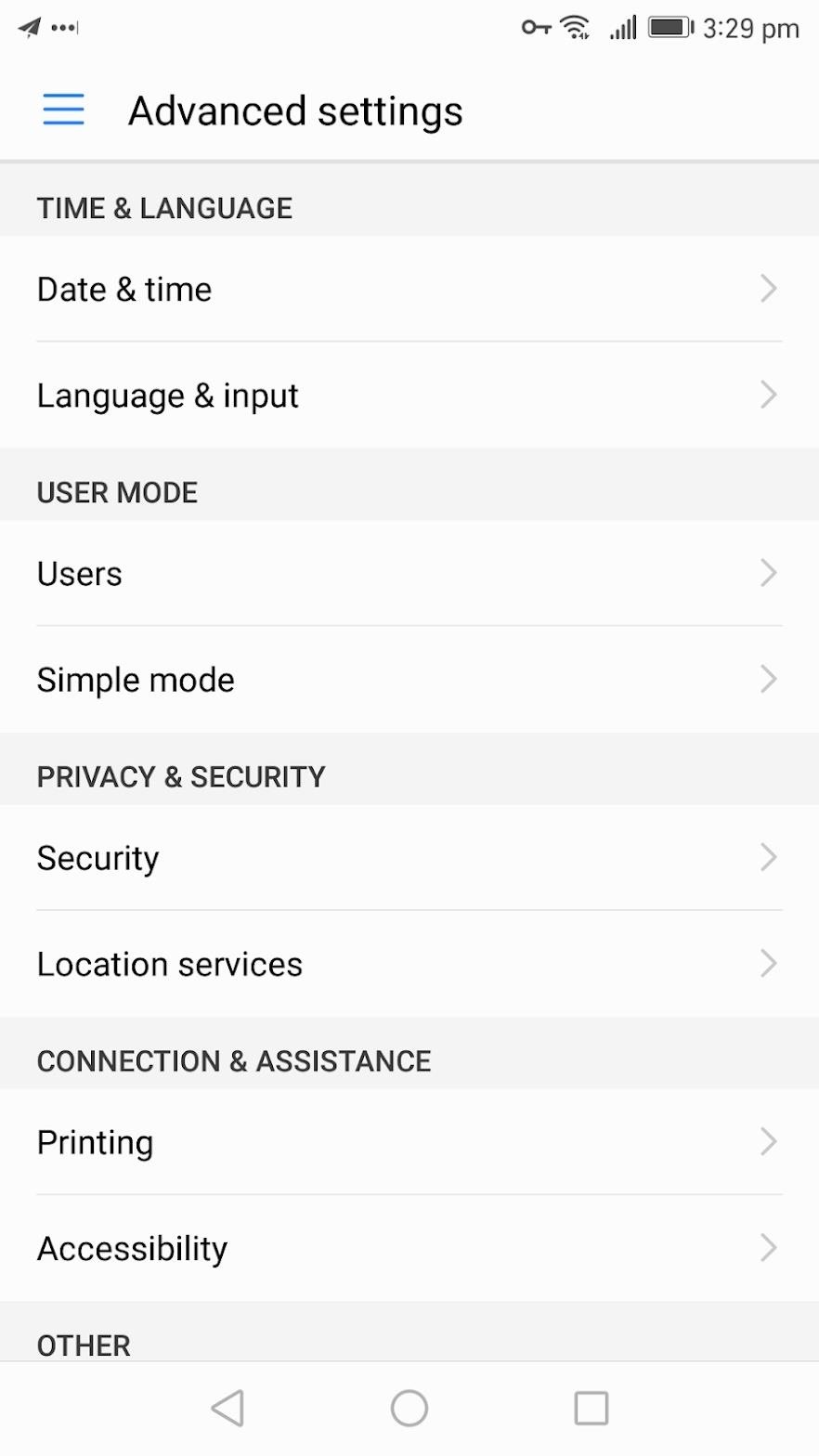Microsoft outlines Java migration path to .Net
JUMP tools to translate Java code to .Net; will it work?
January 25, 2001 — Microsoft outlined its plans Thursday for the delivery of development tools designed to migrate Java applications onto the company’s signature .Net platform. The announcement of the Java User Migration Path (JUMP) applications and services comes two days after Microsoft settled a bitter, three-year legal dispute over the use of Sun Microsystems’s Java programming language.
By midyear, Microsoft plans to give developers a simplified means of transferring code written with its Visual J++ language onto the .NET platform. The software giant also claims developers familiar with Java will be able to easily create new .Net applications or migrate existing code to the company’s C# language.
Provided with a set of tools that can be hosted in the Visual Studio.Net development environment, users will gain automatic conversion from Java source code to C#, shifting both language syntax and library calls. In instances where the code conversion fails, the code will be flagged to help identify problems and solve the remaining conversion. Microsoft will also initiate consulting services for custom-specific projects relating to JUMP.
These moves by Microsoft were expected given the terms of Tuesday’s settlement with Sun. Beyond agreeing to pay Sun 0 million, Microsoft can now continue to sell only existing products that use an older 1.1.4 version of Java that Microsoft currently has and cannot modify for future products, Pat Sueltz, executive vice president of Sun’s Software Systems Group, said in a conference call Tuesday afternoon.
“The settlement essentially leaves Microsoft with frozen products,” said Mark Driver, research director at the Gartner Group. “They can’t expand on Visual J++.”
Driver sees Microsoft’s post-settlement moves as an attempt to make headway into the Java community. “First off, this technology is based on introducing the Java language to .Net,” he said.
Driver feels Microsoft grossly overestimated the number of people using Visual J++ and also underestimates the number of Java developers. The company, however, does see the obvious need to make Java inroads in order to strengthen its .Net future, he said.
“There are a lot of folks out there wanting to learn Java, and Microsoft wants to bring those people in as quickly as possible,” Driver said.
With interest in Java rapidly spreading, Microsoft now needs a way to attract and hold onto to developers on its own platform, Driver said.
Driver, however, added that while the moves might be a step in the right direction, the technology Microsoft is using is not terribly impressive.
“The Java-like language will potentially attract large organizations that must support both .Net and Java. These organizations, however, will find the syntax of the language to be only a minor long-term benefit, whereas discontinuity and overlaps between the frameworks will nullify many of the same language benefits,” Driver wrote in a research note that examines this week’s activity between Sun and Microsoft over Java.
Sun will likely stick to the same guns that in part prompted its lawsuit against Microsoft to counter the software giant’s moves. Microsoft does not have access to Sun’s Java compatibility tests and cannot give the official certification that the applications are indeed official Java programs.
“The lawsuit was about Microsoft trying to build a proprietary implementation of the Java platform,” said David Harrah, a Sun spokesman. “The JUMP announcement seems only to address the Java language. It is sort of a yawner, as far as we are concerned.”
The Sun legal team has yet to voice its opinion on whether Microsoft’s latest Java-related move warrants a fresh lawsuit. Harrah said he does not expect Sun to pursue new litigation in the case.
“This is a very defensive move on Microsoft’s part,” Harrah said. “Microsoft keeps talking about the Web needing to support multiple languages, but they don’t get it. It is not about multiple languages; it is about cross-platform and cross-client support.”
Gartner’s Driver echoed the negative take on Microsoft’s multiple-language claims. While Microsoft said its JUMP announcement strengthened a commitment to language diversity, the company is only creating an illusion of openness, according to Driver. Microsoft remains committed to a support of its own programming languages, Driver said.
“Users of Java tools should recognize that Microsoft support of Java remains incomplete compared to the Sun-certified tools. Users of Microsoft tools should recognize that Microsoft’s strategic direction is focused on C# and Visual Basic, not on Java,” Driver wrote in his research note. “This announcement provides the transition path for the current users of Microsoft’s Java either to a rendition of Java 1.1.4 for .Net or directly to C#. For users strategically committed to Java — a Sun-certified Java platform will offer greater power and flexibility over the next 3 years,” he wrote.




